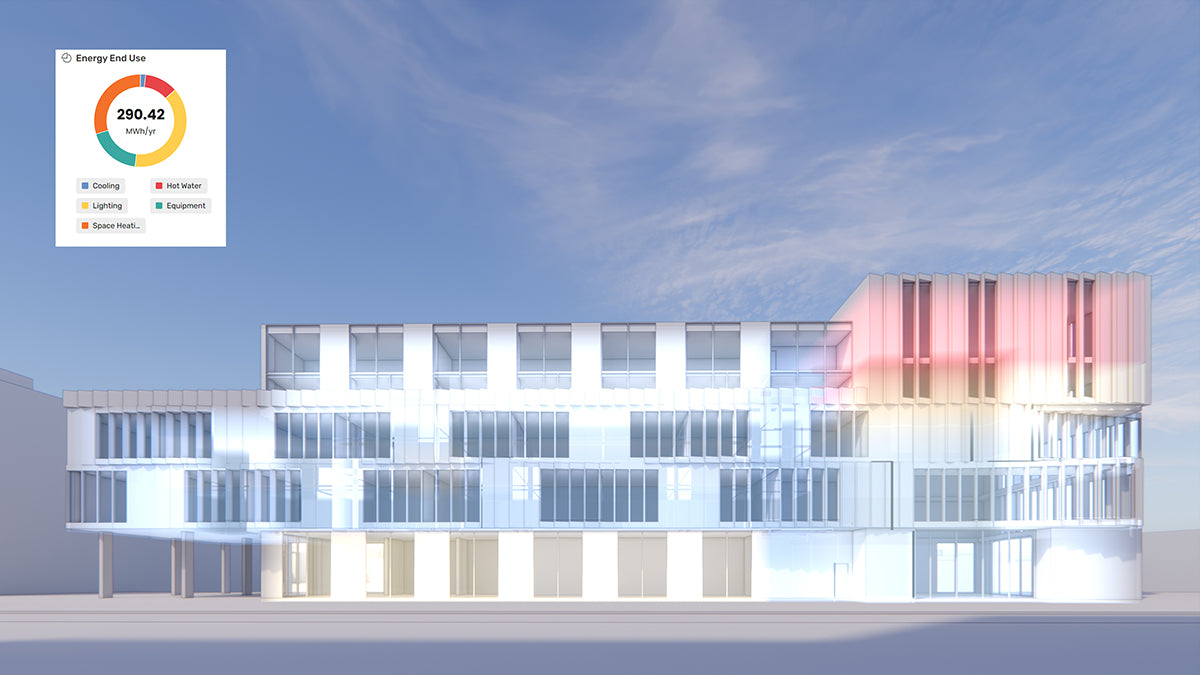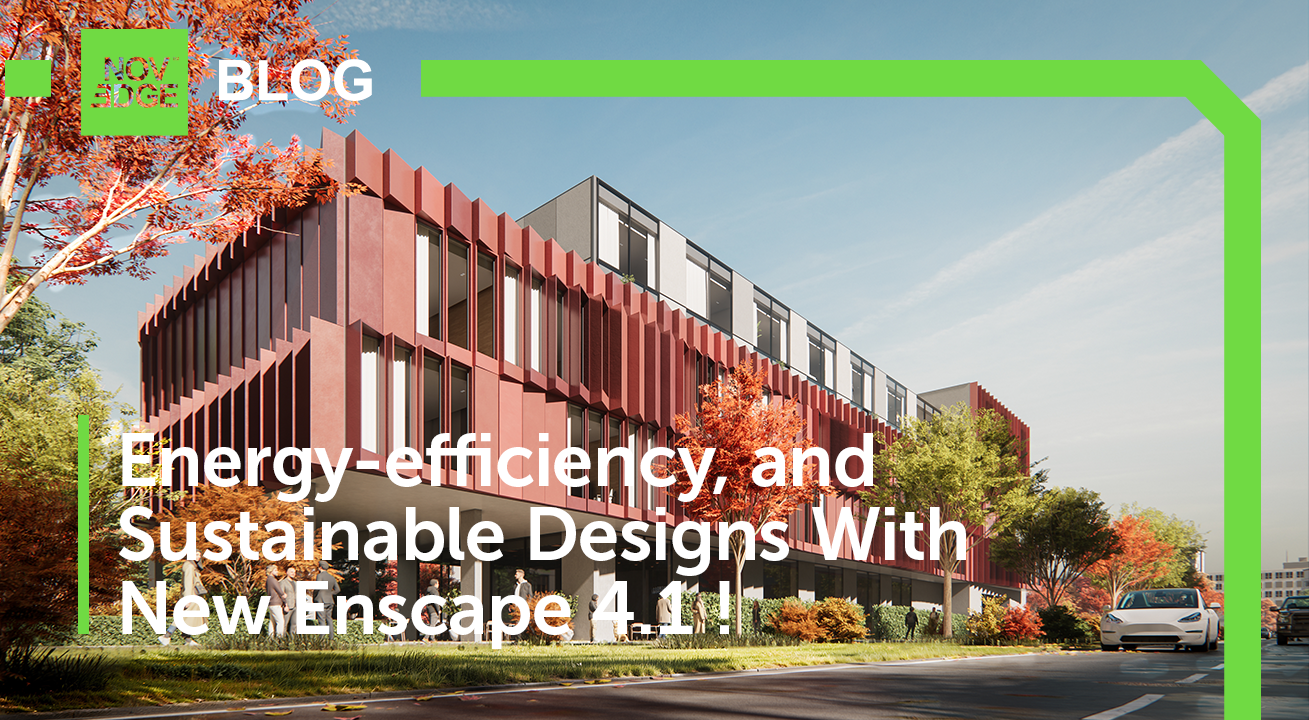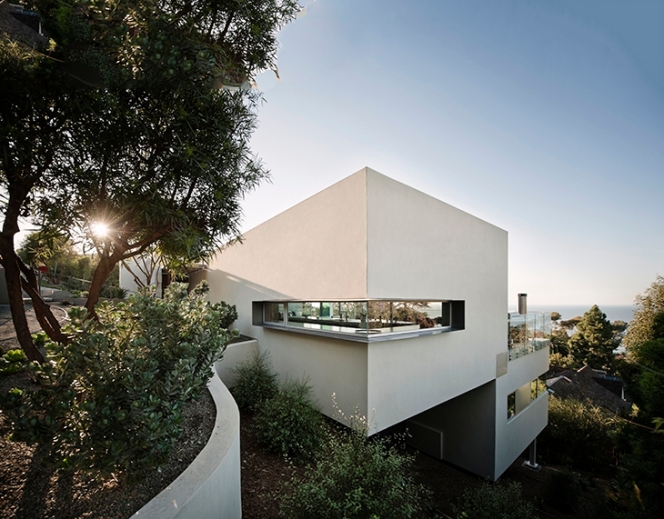Your Cart is Empty
Customer Testimonials
-
"Great customer service. The folks at Novedge were super helpful in navigating a somewhat complicated order including software upgrades and serial numbers in various stages of inactivity. They were friendly and helpful throughout the process.."
Ruben Ruckmark
"Quick & very helpful. We have been using Novedge for years and are very happy with their quick service when we need to make a purchase and excellent support resolving any issues."
Will Woodson
"Scott is the best. He reminds me about subscriptions dates, guides me in the correct direction for updates. He always responds promptly to me. He is literally the reason I continue to work with Novedge and will do so in the future."
Edward Mchugh
"Calvin Lok is “the man”. After my purchase of Sketchup 2021, he called me and provided step-by-step instructions to ease me through difficulties I was having with the setup of my new software."
Mike Borzage
The Edge: Peter Pennoyer, History Inspired Architecture.
December 22, 2015 5 min read
Novedge: Tell us a little bit about yourself and your Architecture Firm.  Photo credits Jay Ackerman.
Photo credits Jay Ackerman.
Peter Pennoyer: Everyone at Peter Pennoyer Architects is passionate about architectural history and the ability to reinterpret the classical language of building and design for the modern world. We want our work to be grounded in the past but not reconstructed from it. There's no fun in simply recreating something that's been done before and in that vein, we never repeat any of our designs or even any aspect of our designs. I studied Architecture at Columbia University and apprenticed with Robert A.M. Stern before opening my own practice in the 1980s. My first independent commissions included designing Keith Haring’s Pop Shop on Lafayette Street and renovations to The Warhol Factory, but I've always been drawn to classicism, traditional Architecture, and historic preservation and I realized early on that my firm could serve as a laboratory for the practice of Architecture inspired by history. I founded Peter Pennoyer Architects in 1991 with that idea in mind. It has since grown to include four partners, fifty associates, and six interior designers, and our work has garnered a number of prestigious awards. In addition to the residential work we do all over the country, and world, we have done a variety of other projects including the headquarters for Historic Hudson Valley, a new 17-story condominium tower in Manhattan influenced by the prewar architecture of Delano & Aldrich and Rosario Candela, and exhibitions at the Museum of the City of New York and the Norton Museum of Art.
Novedge: You are leaders in classicism and historical preservation, what can we learn from past Architecture practices?
Peter Pennoyer: What we learn is that that a solid grounding in history arms you for creative challenges that are entirely novel. For example, in our research for our bookon the Architect William Adams Delano, we saw that he was able to harness his skills at composing clear plans and sections to design one of the first airports in the world – LaGuardia. We have also seen how the Architect Grosvenor Atterbury, another subject of our books, invented a system of prefabrication of charming Queen Anne style houses based on injected concrete forms – a radical concept that produced resonant housing that is valued to this day.
Novedge: Is it possible to combine modern taste and great historical models? Can you give us some examples?
Peter Pennoyer: When we draw on historical models today we are making Architecture that is contemporary. For example, our plans are much more open than the houses they emulate , as you can see in this image of the Grosvenor Atterbury Townhouse (as shown in the following image).  Grosvenor Atterbury Townhouse View into Dining Room. Credit From the book Peter Pennoyer Architects: Apartments, Townhouses, Country Houses; photo by Scott Frances.
Grosvenor Atterbury Townhouse View into Dining Room. Credit From the book Peter Pennoyer Architects: Apartments, Townhouses, Country Houses; photo by Scott Frances.
We also create stairs that transition to modern and in some cases we depend completely on classical proportions and forgo the expected moldings. 
 Lenox Hill Townhouse Stair and Lenox Hill Townhouse Music Room Credit From the book Peter Pennoyer Architects: Apartments, Townhouses, Country Houses; photo by Scott Frances.
Lenox Hill Townhouse Stair and Lenox Hill Townhouse Music Room Credit From the book Peter Pennoyer Architects: Apartments, Townhouses, Country Houses; photo by Scott Frances.
Novedge: Do you have a favorite style?
Peter Pennoyer: There are so many that this is a hard question to answer but if I had to choose one I would say Greek Revival.
Novedge: What is a recent project that you worked on?
Peter Pennoyer: We are completing a 17-story apartment house adjacent to the historic district in Manhattan's Upper East Side. We are proud of this building because it has been so well-received in the neighborhood. With a stone base, multi pane double hung windows and iron decorative balconies in a traditional composition, it succeeds in relating to the much-loved pre-war buildings in the area.  Digital Rendering of 151 East 78th Street. Rendering credits, Williams New York.
Digital Rendering of 151 East 78th Street. Rendering credits, Williams New York.
We are also in construction on a house in a beautiful pastoral setting near Cleveland, Ohio. This is an especially exciting project because our client is a collector of contemporary art and 20th century furniture. The house itself is inspired by Czech cubism and is based on angled geometries. The library ceiling alone has over 100 facets – really a crystalline design. This is a dream project as it allows us to explore an unusual architectural language as a setting for great collections.
Novedge: How do you feel about new technologies?
Peter Pennoyer: Our firm is a blend of traditional architectural techniques and the newest technological advances. We always begin a project with drawings by hand and then we support the efforts of the designers with the latest in 3D technologies to refine and execute the work. We have a dedicated 3D Print Technician on staff and a 3D printer in the office that we use for renderings or 3D prints to help us and our clients visualize everything from a room, to a detail, to an entire house. With a 3D printed model, we can show the movement of the sun around a house during the day. We can show an interior with varying arrangements of furniture or of colors painted on the walls. On a country house project in Maine, we assisted the masons by building a computer model of a chimney with transparent walls so they could understand the path of the flues. While the software and 3D printing technologies will never supplant the designer’s work by hand, our 3D team stays at the leading edge of computer and printing technologies so we can best support the quality of execution that our clients appreciate and turn our designs into products we can offer to the public.
Novedge: How do you research for your projects?
Peter Pennoyer: Research starts with the clients program and ideas of what Architecture they like – both of my firm’s and in general. This means we spend real time with them. We then look at the context to understand the local Architecture and materials. Some projects require more research and with an historic property we like to learn everything there is to know about the property. We have an in house architectural historian, Anne Walker, and around 10,000 books in our library.
Novedge: What is lacking in modern Architecture?
Peter Pennoyer: While I appreciate some modern buildings, I fear that the trend to make each building an object on its own terms with no relationship to place leaves us with a collection of unrelated buildings, especially in cities. Therefore, I would say the way much Architecture is practiced today leads to strange looking buildings that don't relate to one another or their larger context.
Novedge: You get one trip in a time machine, when and where would you like to land?
Peter Pennoyer: My problem may be that the time machine is in my head so I am always seeing buildings in their current and original context. But if I could go back, it would be to Virginia to have tea with Mr. Jefferson and talk about his house, how he designed it, and what his plans are for future Architecture.
We can't wait to sit down with a cup of tea and one of Peter Pennoyer and Anne Walker's Architecture books. To discover Peter Pennoyer Architecture's latest projects and news visit the firm's website .
And don't forget to visit Novedge to get the latest software news and inspiring interviews!
Related articles
Also in NOVEDGE Blog

How the AEC Industry Shifted Towards Essential Sustainable Building Design
August 15, 2024 4 min read
Read More
Unlocking New Realms of Design with Enscape 4.1: Introducing Impact Add-on and Lot More
August 02, 2024 2 min read
Read More
Explore Autodesk Revit 2025.2: New Features and Enhancements for Enhanced BIM Workflows
July 30, 2024 3 min read
Read MoreSubscribe
Sign up to get the latest on sales, new releases and more …





